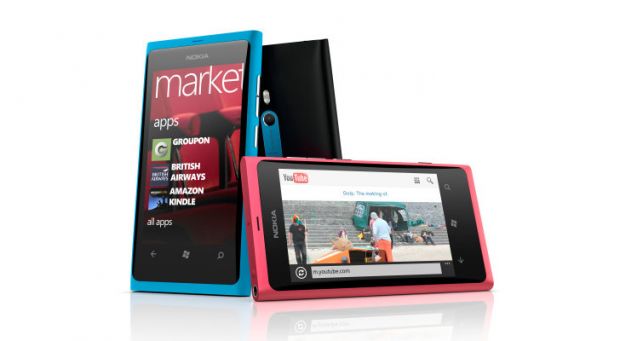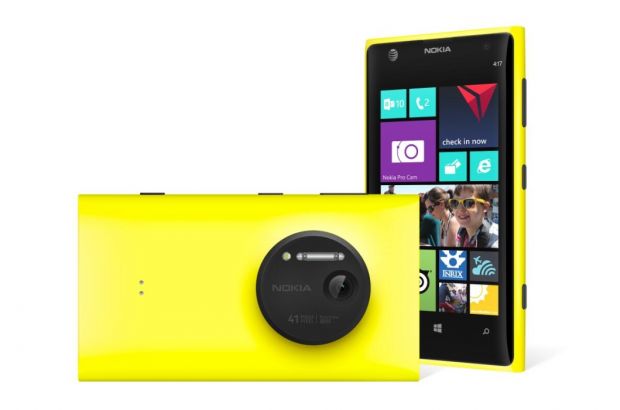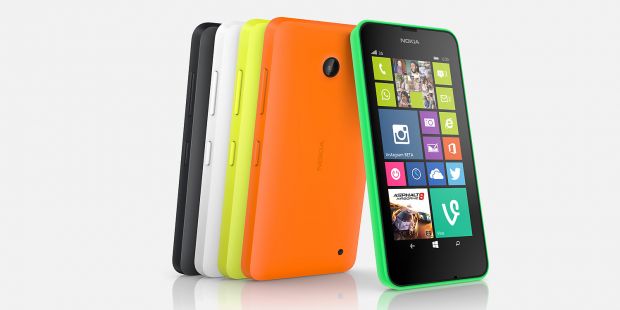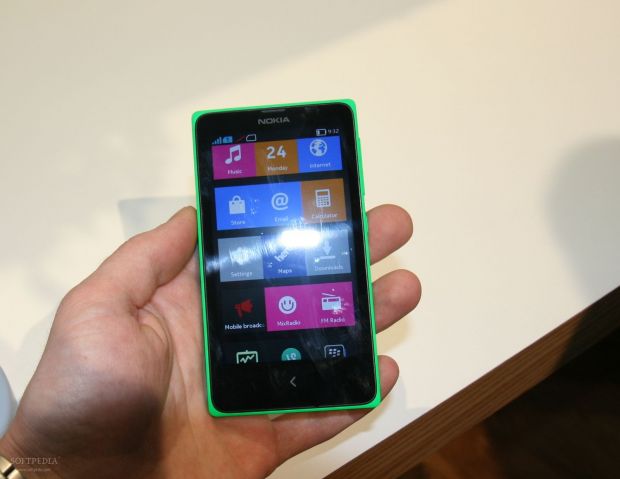On April 2, Finnish mobile phone maker Nokia unveiled to the world two new Lumia handsets, the very first of them to run under the Windows Phone 8.1, namely the Lumia 930 and the Lumia 630/635, and there’s a possibility that these will become the last true Lumia phones out there.
Soon, maybe before the end of this month, Nokia’s devices business will become part of Microsoft, which announced an agreement to purchase the company in fall last year, a move that might mark the end of the Lumia brand.
Over the past several years, Nokia has invested a lot of effort and resources into building great Lumia devices, and a quick look at their evolution can prove that, but it might not be too long before these handsets start fading out.
The idea behind this affirmation is a simple one: even if new Lumia handsets are launched under Microsoft’s reign, there’s little chance that these phones will land on shelves with all the design elements and with the build that enthusiasts have come to love in Lumias today.
Back in September 2013, when Microsoft first announced plans to purchase Nokia Devices & Services, they also said that they acquired the license to use the Nokia brand on new devices for 10 years, while also buying the “Lumia” and “Asha” brands from the vendor.
However, Tuula Rytilä, head of Nokia marketing, explained the very next day that Microsoft was planning on creating a unified brand across Lumia and Windows, and that the Nokia name will live on Asha and feature phones.
Nokia’s design and manufacture teams will join Microsoft as part of the agreement, yet the Redmond-based giant will have the final word on the design and capabilities of new devices, and things will most certainly change when it comes to Lumia phones.
In fact, they have already started to do so, as the newly unveiled Nokia Lumia 930 proves, with its aluminum frame, square-ish edges that remind of Apple’s iPhone, and lack of features that users grew to love in previous devices, such as the Glance screen.
A quick overview of the Lumia series
Nokia’s first Lumia smartphone was the Lumia 800, which arrived in October 2011 with a design similar to that of Nokia N9, and which was followed several months later by the Lumia 900, the first 4G LTE Windows Phone from the Finnish vendor.
The 4.3-inch handset was running under Windows Phone 7, the same as Lumia 800, and remained the company’s flagship handset since January, 2012 until September, 2012, when Nokia Lumia 920 was made official with the Windows Phone 8 operating system loaded on top.It came with a PureMotion HD+ touchscreen, a PureView camera on the back (with full HD video recording), and with the City Lens location-based augmented reality application packed inside, along with other features that made it one of the most innovative Lumia phones out there.
In February last year, Nokia announced the cheapest handset in the series, namely the Nokia Lumia 520, which was the first to feature the rebranded HERE Maps and which continues to be the best-selling Windows Phone out there.
In May 2013, Nokia launched Lumia 925 with a thin, lightweight metal/polycarbonate hybrid chassis, one of the most appealing devices in the series, which came to the market alongside Lumia 928, Verizon’s exclusive version.
Next in line was the Lumia 1020, with its 41-megapixel PureView camera, capable of enabling users to take photos like they could never before. It came with Optical Image Stabilization, a Nokia Pro Camera app for better imaging capabilities, and provided lossless zoom when cropping images.
In October last year, Nokia announced the largest handset in the series, in the form of Nokia Lumia 1520, which sports a 6-inch full HD screen, a quad-core Snapdragon 800 processor, and a 20-megapixel camera on the back.
Of course, the Lumia lineup includes other devices as well, though the above can be seen as the most important, especially since every one of them had something new to bring along, marking one more step in the evolution of the series.
Next in line are the Lumia 630 and Lumia 930, the two Windows Phone 8.1 smartphones that Nokia should start selling as soon as the next month, but which could also prove to be the very last handsets to carry the Lumia name as you know it at the moment.Nokia Lumia 930 comes with a changed design
As mentioned above, the new Lumia 930 can be seen as a turning point in the evolution of Lumia, given that the design elements and the capabilities that it features inside don’t really place it on the same line as the rest of the phones there.
It all started with the Lumia 928 last year and continued with Nokia Lumia Icon in February. In fact, Lumia 930 can be seen as the successor of Lumia Icon (also known as Lumia 929), given that it comes with about the same looks and capabilities as this phone.
However, from an evolutionary point of view, the Windows Phone 8.1 handset that Nokia announced on April 2 is actually a step back for the Lumia series.
The Nokia N9 design that lived in the rest of the series is nowhere to be seen on this device, the Glance screen feature is gone, and there’s no microSD memory card slot available to expand the internal memory (even HTC adopted it for One M8, although HTC One did not have it last year).
Not to mention the fact that Lumia 930 is powered by a 2.2GHz quad-core Snapdragon 800 processor at a time when all flagship Android phones are announced with the newer Snapdragon 801 chipset inside.
Of course, what the company’s flagship will lack in hardware capabilities, it will gain in software enhancements, considering the large number of improvements that Microsoft has unveiled for Windows Phone 8.1, yet I cannot help but wonder whether that will be enough.In all fairness, other companies out there have been criticized for making similar moves in the past, such as Samsung with its Galaxy S4 and Apple with some of its iPhone models, but things turned out pretty well for them in the end.
However, Nokia is not Samsung or Apple, and its Lumia series isn’t selling as well as the iPhone or Galaxy S devices. Even if Microsoft completes the acquisition of Nokia’s Devices & Services division before the phone arrives on shelves, things won’t be the same.
Lumia and Nokia brands might fade out together
Little is known on what will happen with the Lumia brand after Microsoft takes over it, but chances are that it will fade out slowly as the software giant shapes up its own roadmap for new devices, and that the Nokia name might diminish along with it.
The Finnish vendor did try to ensure that this won’t happen through launching new devices that did not run Windows Phone, such as the new Nokia X series, new Asha handsets, and the Nokia 225, its latest basic Internet phone.
If history is anything to go by, the fate of Lumia phones might have been sealed right from the day when Nokia agreed to sell to Microsoft. I’m referring here to Microsoft’s KIN phones, which lived a much too short life.Even if Nokia’s current design team will be moving to Microsoft, the focus will most likely be on the Windows Phone operating system more than on devices themselves, especially since other companies out there will also release phones running under the platform.
However, this doesn’t mean that there will be no more Lumia handsets released. In fact, we might expect Microsoft to continue launching new phones at about the same pace as Nokia did since October 2011, if not faster.
What it does mean is that it’s quite possible that users won’t be provided with the true Lumia experience that is available for them today in, say, Lumia 935, 1020, or 1520, not to mention the affordable Lumia 520, 620, or 625. Many enthusiasts are likely to be disappointed.
In the end, this should not come as a surprise to any of us. Microsoft is not Nokia, and things will be done in a different manner when the acquisition gets through (it hasn’t received all the regulatory approvals as of now).
For the Windows Phone ecosystem, things are likely to get better after the purchase is completed, and the connection between hardware and software should become tighter than ever (somehow similar with Windows 8 and Surface).
Whether the Lumia series will live through this transformation and will become for Windows Phone fans what the Galaxy lineup is for many Android users, it remains to be seen. At the moment, it seems more likely for Microsoft to start selling Surface phones soon after acquiring Nokia.
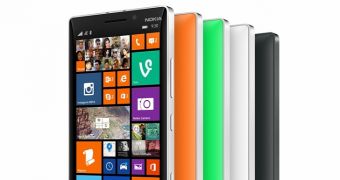
 14 DAY TRIAL //
14 DAY TRIAL // 